April | Our Dandy Ally - Three Ways
How you can start to benefit from this generous wild plant
In the time since I last posted about the dandelion, some unexpected things happened that caused significant disruption to me emotionally, and to my writing practice. In that time, I have also learned so much more from this kind, happy loving plant that just keeps on giving, and I confess I have become a little obssessed. Read on to find out how I have brought this powerful plant being in to my life and daily practices.
Thank you to all my commenters last month who shared their love for this plant; some of you had amazing experiences of working with the dandelion and the positive impact it has had. I value your generosity in taking the time to share these stories on H A G, and am learning from you all the time.
Before we go any further, just a reminder of the benefits of dandelion and why we should be incorporating this powerful plant ally into our lives. Firstly, dandelion is a diuretic, which is good for some people but not for others. Check with your medical practitioner if you are unsure if this plant is for you. Dandelion can help manage blood sugar levels, and supports the health of the liver, heart and skin. It is a nutritious plant containing vitamins A, C K, E and B (in smaller amounts). The green parts are a good source of iron, calcium, magnesium and potassium, whereas the root is rich in insoluble fibre. Dandelion is also a rich source of antioxidents beta carotene and polyphenols.
Here in Cavan, our friendly little Dandy is currently in full bloom. Be mindful when harvesting wild plants, though; Jenni, who is head guide at Coole Park, says harvesting in thirds is still troublesome; if I harvest a third of what I see, then the next person harvests a third of what’s left, and so on, pretty soon there will be no plant left.
Having said that, one of the best ways to be ecologically sustainable is to use every bit of the plant you harvest, so with that in mind, here are three ways that I make use of the whole dandelion plant.
1. Dandelion Root Coffee
Dig up some dandelion roots, remove the leaves and save them to make your salad. Scrub the roots clean, and chop into small pieces. Spread the pieces on a roasting tray and bake in the oven for about 15 minutes, or until the roots have browned and dried. Let them cool.
Once they are cool, you can grind them by hand in a pestle and mortar, or in a coffee grinder, if you have one. You will end up with a lovely fine powder that smells absolutely divine, but not like coffee. I used one tablespoon of the powder to a mug of boiled water and let it steep in a cafetiere. You can also simmer the root powder for five to fifteen minutes in a small pan of water on your cooker top, if you prefer.


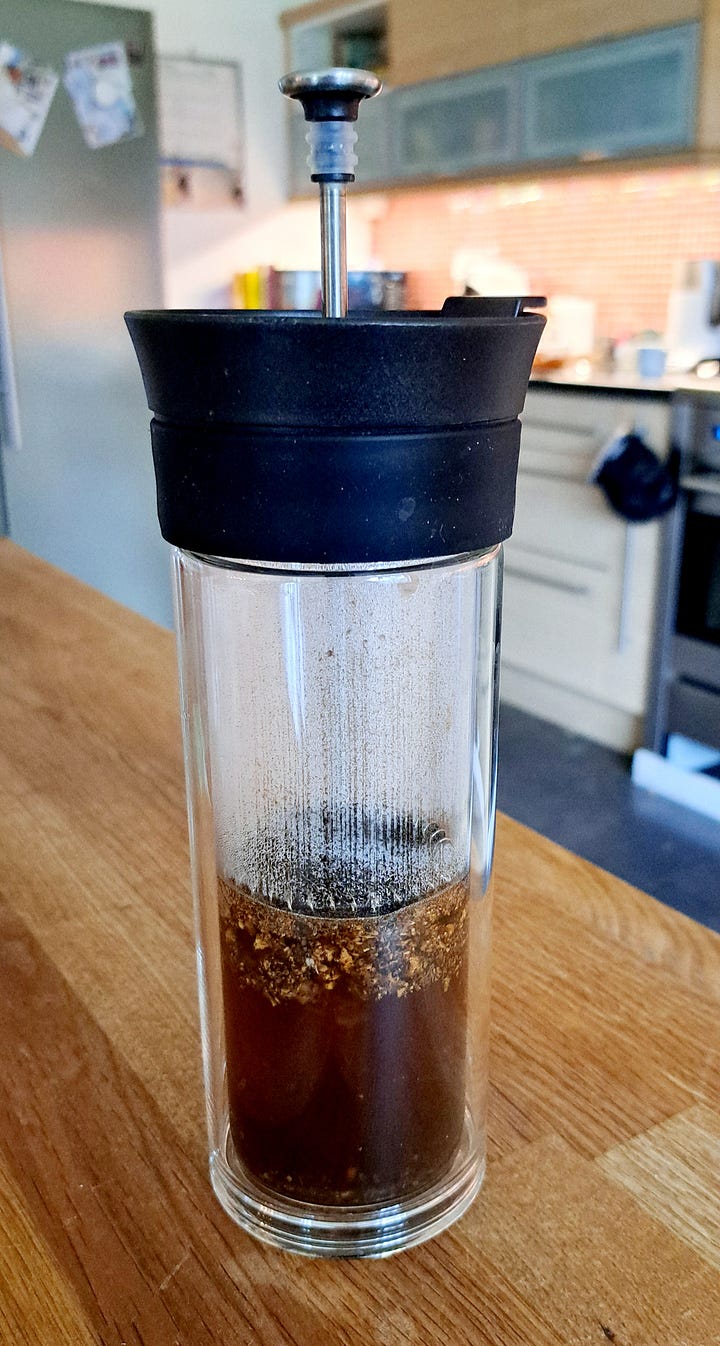
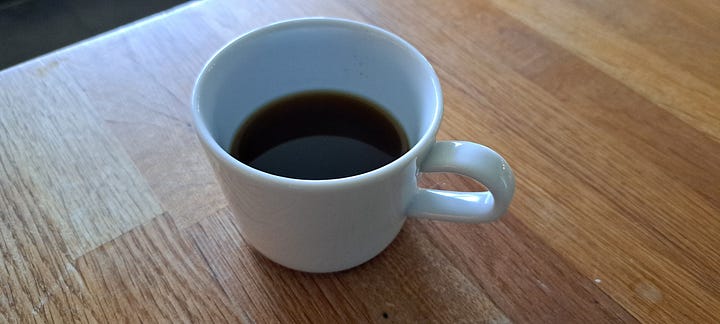
So how did it taste? I love my morning coffee, which I drink black, with the addition of cinammon to combat inflammation, or sometimes cardomam; these spices increase the bitterness in the coffee, which I love.
I found dandelion coffee very similar in flavour to regular ground coffee, but not quite strong or bitter enough for my taste, although I did enjoy it. I plan to roast my next batch a bit longer, which I hope will deepen the taste. Also, I understand that once the plant flowers, it naturally becomes more bitter.
It did seem like quite a lot of work to produce very little coffee, but that is because we are so used to buying coffee that has already been processed for us. It gave me great pleasure to harvest and process, from root to cup, a wild plant that had chosen to grow in my garden.
UPDATE: I just boiled some powdered root in my little Turkish coffee pot for 12 minutes, and had two cups, one with added cinamon and the other with added cardamom. This time, I had the depth of flavour and bitterness I craved. The cardamom coffee was definitely my favourite. I could definitely make the switch at this rate, if only I could harvest and produce enough to keep me going!
2. Dandelion Leaf Salad
Use only young tender leaves for eating. For my salad, I washed and dried the dandelion leaves in a salad spinner, then dressed them with a splash of olive oil and some balsamic vinegar, and a grind of salt and black pepper. I topped them with a few shavings of parmesan… delicious! They reminded me of rocket leaves, which are my favourite salad leaf, as they had the same slight edge of bitterness, but without the fire.
You could also make them into a pesto with some pine nuts, olive oil and parmesan.
3. Dandelion Flower Muscle Rub
This recipe is really easy; gather your flower heads, place them in a glass jar, and cover with any carrier oil of your choice. Allow to infuse on a sunny window ledge for a fortnight. Remove the flowers from the oil and strain the oil into a dark glass bottle. It will have turned a rich golden yellow, and is now ready for use. 1
I used sunflower oil, which has many benefits for skin; it is non-comedogenic, which means it won’t clog your pores. It’s mild and non-irritating for the majority of people, and works with all skin types, which is one of the reasons I love it so much. It is extremely light in texture, and contains vitamin E, an antioxidant, and linoleic acid, which supports the skins natural barrier preventing moisture loss, and it is also anti-inflammatory, which makes it really good for aging skin, or dry skin conditions, and exzema. It is also a natural antibacterial, and I just thought all these properties in conjunction with dandelion’s healing power, would work really well in this preparation.
This muscle rub is a lovely warming, comforting oil that can be used to soothe sore muscles and stiffness. I use it for my stiff neck, and it’s great to massage into minor aches and pains after a tough workout. It is also said to be useful in relieving arthritis, but I can’t confirm this as I don’t have this condition.
Is Dandelion a part of your life? In what way? Or is there another wild plant that has won your heart, and if so, what do you use it for? Let me know in the comments below. I love to hear from you. Thanks for reading! Beanachtí!
From Christine Iverson’s beautiful book, The Hedgerow Apothecary - Recipes, Remedies and Rituals, Summersdale Publishers Ltd., Hachette, 2019.





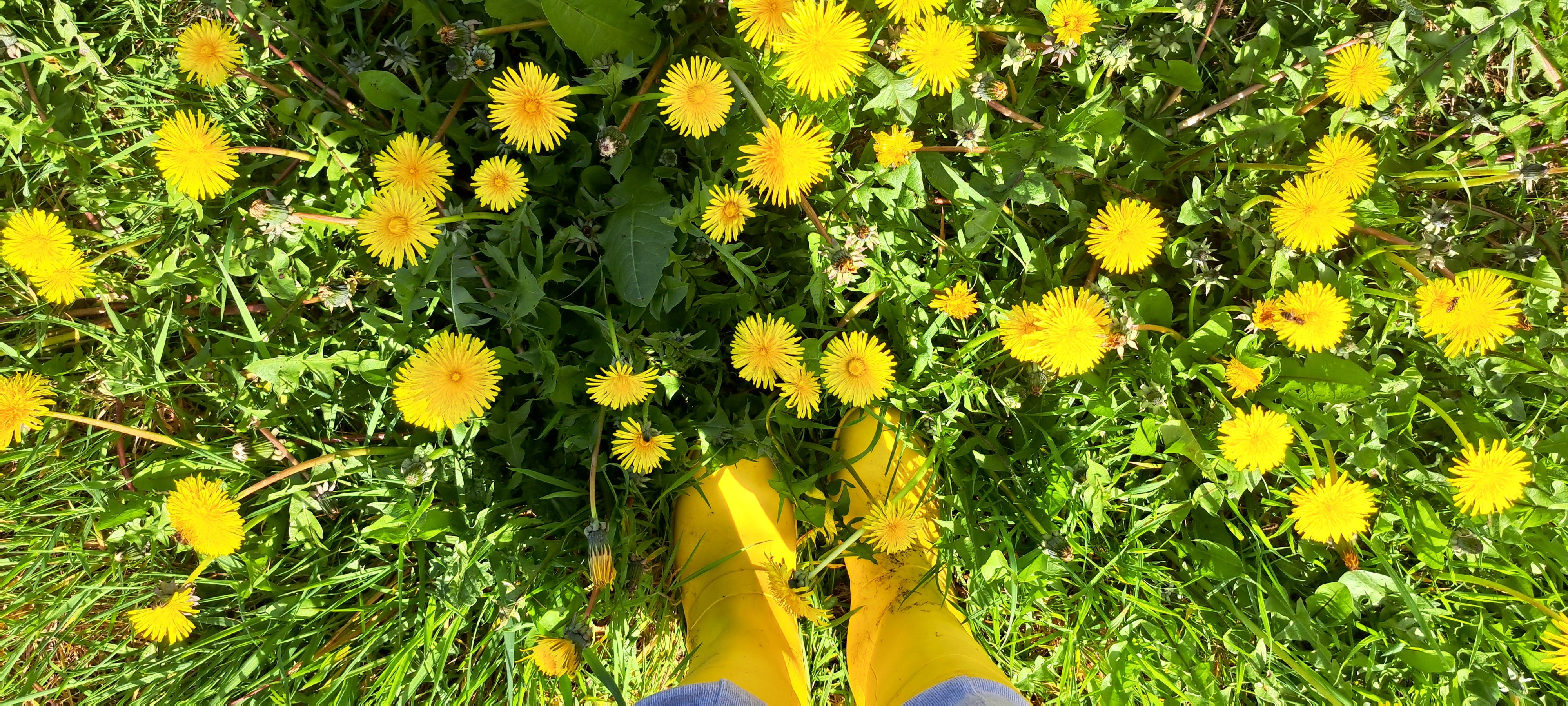

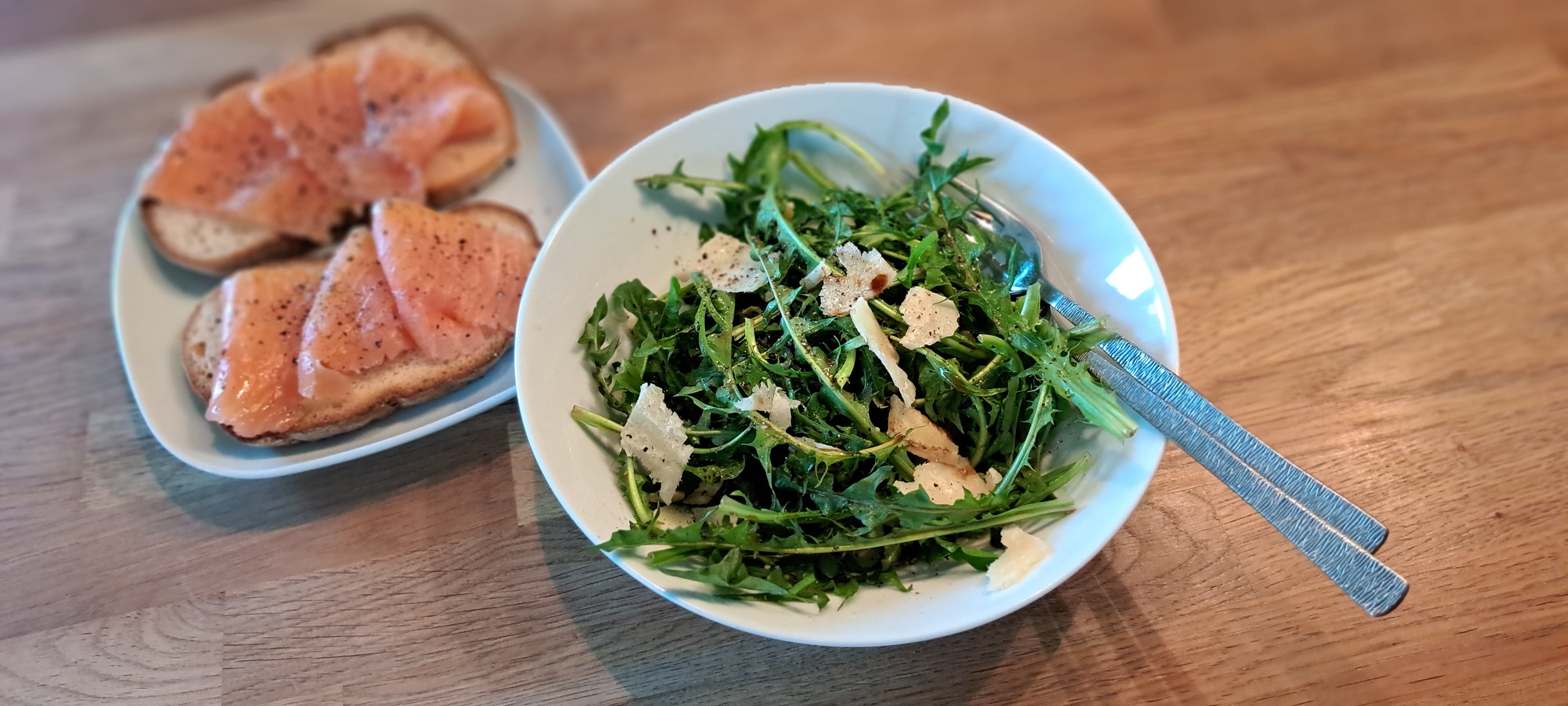
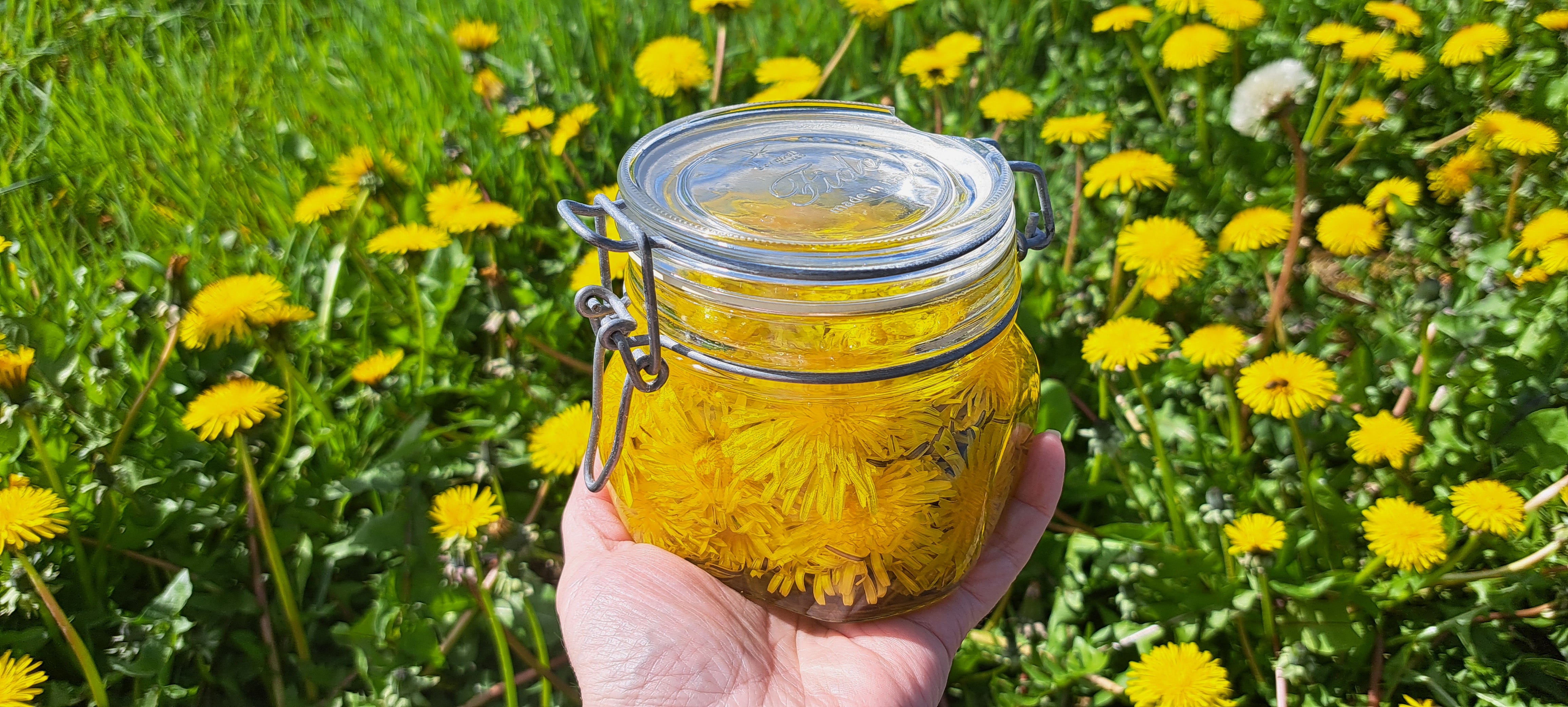
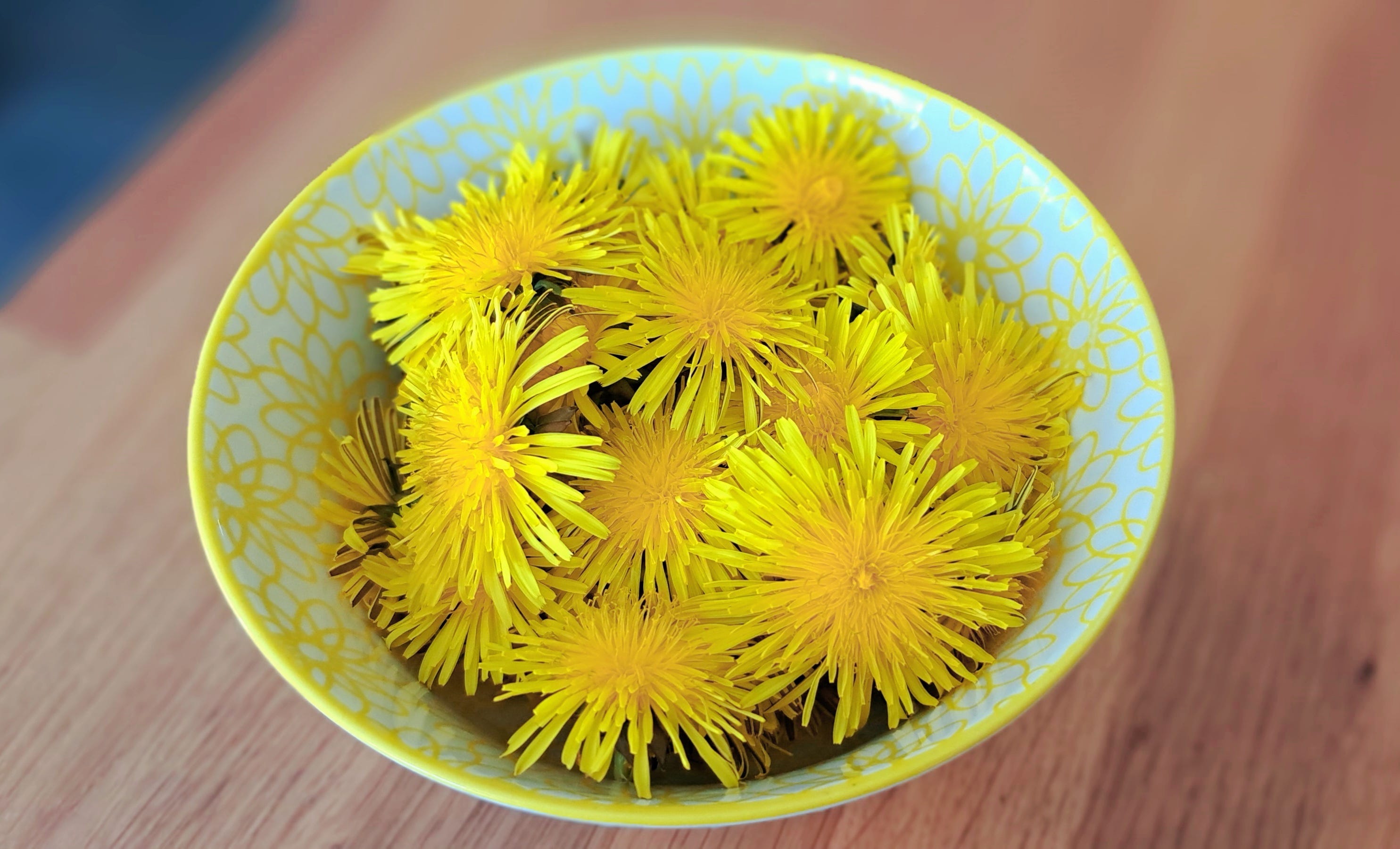
I don't know. but the surprising thing is that dandelion cuts the acidity withou changing the rhubarb taste
My favorite use is dandelion rhubarb pie, gather 500ml of blosoms add to your favorite pie recpie for rhubarb pie. The flowers nutralize the acidity of the of the rhubarb, and add a little sweetness to the pie. we look forward to this pie every spring. We should have both by the end of April.